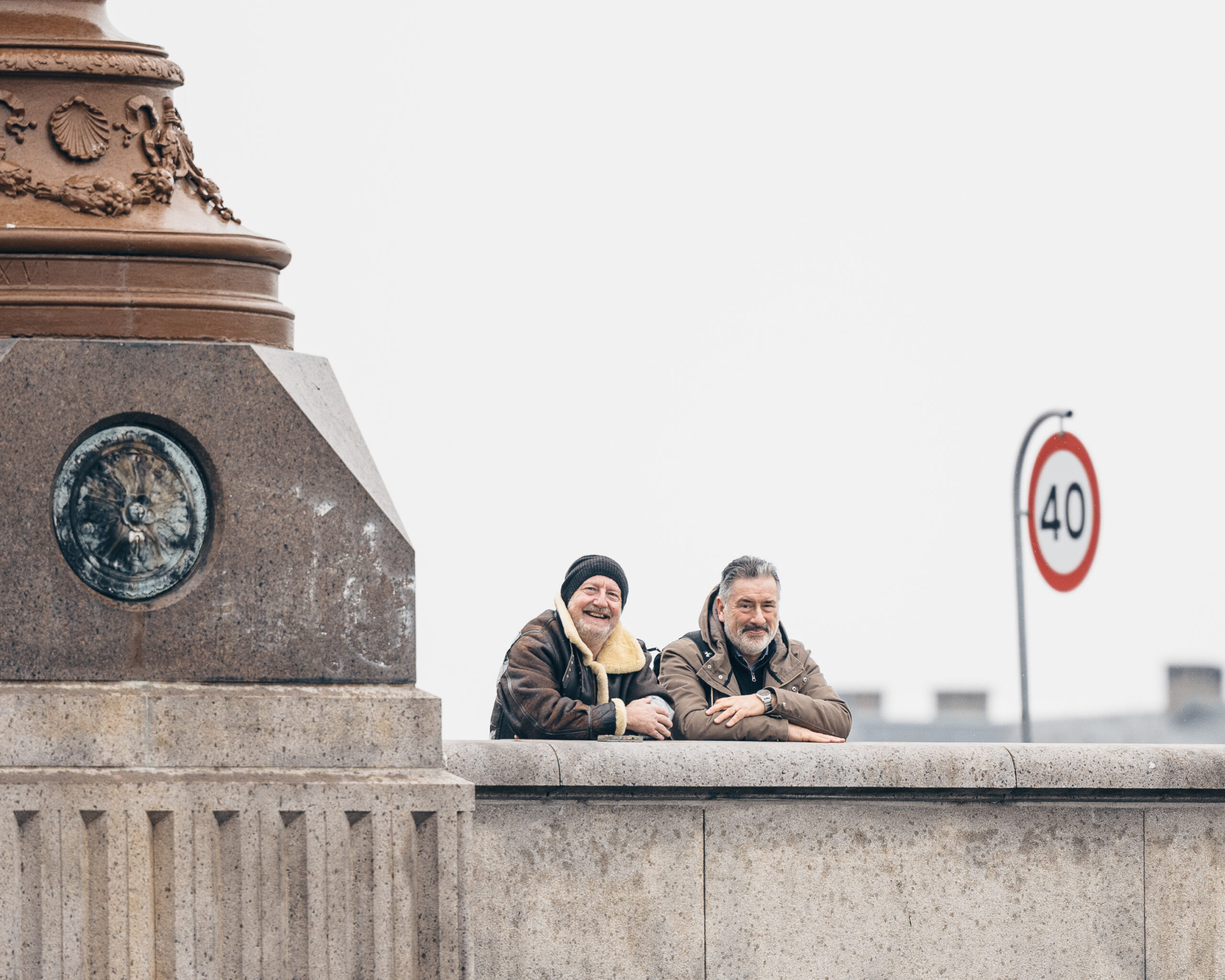UPDATE (May 29, 16:00):
Eleven Iranian asylum seekers, ten of whom are on hunger strike, vacated Stefans Church in Nørrebro this afternoon.
The Iranians had taken refuge in the church since last Wednesday and left after being given an ultimatum by the church council to either eat and stay, or continue their hunger strike elsewhere.
They have now taken up residence on the second floor of Demokratihuset, a political community center with affiliations to the political left-wing.
Stinna Gammelgaard, spokesperson for Enhedlisten Vesterbro, said the party had no intention to evict them.
"We have neither the power nor the will to throw them on the street," Gammelgaard told Vesterbro Bladet. "They are people in need and we are monitoring the situation calmly."
ORIGINAL STORY:
Several groups of asylum seekers, numbering around 80 in total, are staging hunger strikes across Denmark. The groups have varying motivations – some have had their asylum cases rejected, while others are protesting their standards of living as a result of being barred from working and living outside asylum centres.
The most high profile case concerns a group of 10 Iranian asylum seekers who have had their cases rejected and have sought refuge in Stefans Church in Nørrebro.
The Iranians are all Christians and their hunger strike, which started on Wednesday when they moved into the church, is a protest against their rejected asylum cases and their fear of persecution should they be returned to Iran.
The Iranians have been in Denmark for different lengths of time, though some have been living in asylum centres for as long as eight years while they wait for their cases to be completed.
“We have been living in a Red Cross centre without internet and normal contact to people outside the centres,” one of the ten asylum seekers, Amir Hossein Shahidi Asl, told Ritzau news service. “We are living in a vacuum and don’t know what to do.”
Under current rules, asylum seekers are not allowed to work, and many complain that this leads to isolation and related mental health issues while they wait, often for many years, for the authorities to complete their asylum claims and either grant them residency or deport them to their home country.
Many rejected asylum seekers are forced to live in this limbo indefinitely as they come from countries that the Danish government is unable to return them to, either due to political or military instability or because their own authorities refuse to accept them back.
This is the case with a group of 18 Syrian asylum seekers that have been on hunger strike for over three weeks in the Sigerslev Asylum Centre.
“Half of them have had their cases rejected but they cannot be returned to Syria, so there is no certainty over how much more time they will have to live in the centres,” Helle Jørgensen, head of the Sigerslev Asylum Centre, told Politiken newspaper. “I have tried to tell them that hunger striking is not a form of protest that we are used to in Denmark and that the authorities do not work under that sort of pressure. But then they say that they might as well die here because they would die in Syria anyway.”
Other asylum seekers on hunger strike include a group of 13 Iranians at the Sandholm Asylum Centre who have not eaten in about a week, 12 Syrians at Jelling Asylum Centre, five Syrians at a centre in Holmegård and 15 Syrians who have been on hunger strike for over a week at Brovst Asylum Centre.
The government is currently considering giving asylum seekers the right to work after six months, though there are concerns that this right will not extend to all asylum seekers.
The occupation of Stefans Church is a similar move to the failed Iraqi asylum seekers who spent three months in the nearby Brorsons Kirke in 2009 before being forcibly deported.










